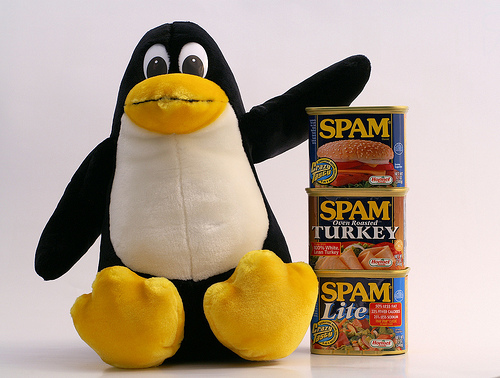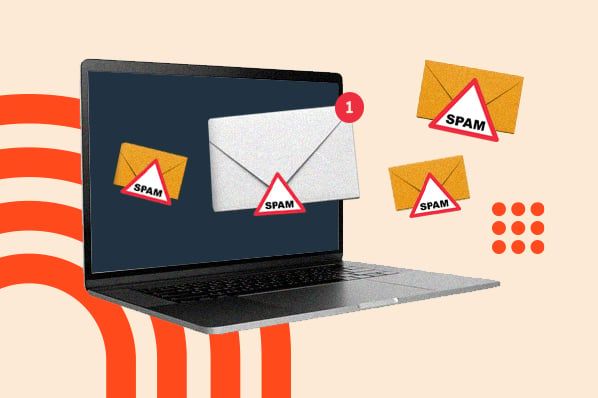First, what are the penalties for non-compliance with the CAN-SPAM Act?
For every single email that violates the CAN-SPAM Act, the FTC will fine you $16,000. So if you're caught being non-compliant for a list of, say, 10,000 ... well, you do the math. Yikes.
So now that I've sufficiently scared you, here's how to comply with CAN-SPAM rules.
Rules to Follow for CAN-SPAM Compliance
In order to be CAN-SPAM compliant, it's important your email messages follow these rules, which can be found in full over at the FTC's website.
DO
- Do include your valid physical postal address in every email you send out.
- Do provide a clear and obvious way to opt out of every email you send out, and honor the unsubscribe within 10 business days.
- Do use clear "From," "To," and "Reply to" language that accurately reflects who you are. This applies to the person or business sending the message, as well as the domain name and email address.
DON'T
- Don't sell or transfer any email addresses to another list.
- Don't make it hard to unsubscribe from emails. You cannot 1) charge a fee 2) require a recipient to provide personally identifying information beyond an email address, or 3) make recipients take extensive steps other than simply replying to an email or visiting a single page on a website to unsubscribe themselves from your emails.
- Don't use deceptive subject lines in your emails that misrepresent the contents of your message.
Now, I can't stress enough that I am not a lawyer, and that you should not construe the contents of this article as legal advice. The FTC website also has extensive advice on this subject to which you can refer. But, I hope this article has helped lend some clarity around CAN-SPAM if it's caused you some confusion in the past!
Image credit: barmala



![Why email whitelisting is important for marketers [+ detailed steps on how to do it]](https://53.fs1.hubspotusercontent-na1.net/hubfs/53/%5BUse%20(1).webp)

![Email Analytics [Research]: 8 Email Marketing Metrics You Should Track](https://53.fs1.hubspotusercontent-na1.net/hubfs/53/Untitled%20design%20(51).jpg)


![How to Embed Video in Email [Quick Tip]](https://53.fs1.hubspotusercontent-na1.net/hubfs/53/embed-video-in-email.jpg)
![23 Email Marketing Tips to Improve Open & Clickthrough Rates [+HubSpot Blog Data]](https://53.fs1.hubspotusercontent-na1.net/hubfs/53/make-emails-more-clickable_8.webp)


![How to Bypass the Toughest Email Spam Filters [Infographic Checklist]](https://53.fs1.hubspotusercontent-na1.net/hubfs/53/marketer%20getting%20email%20past%20spam%20filter.jpg)